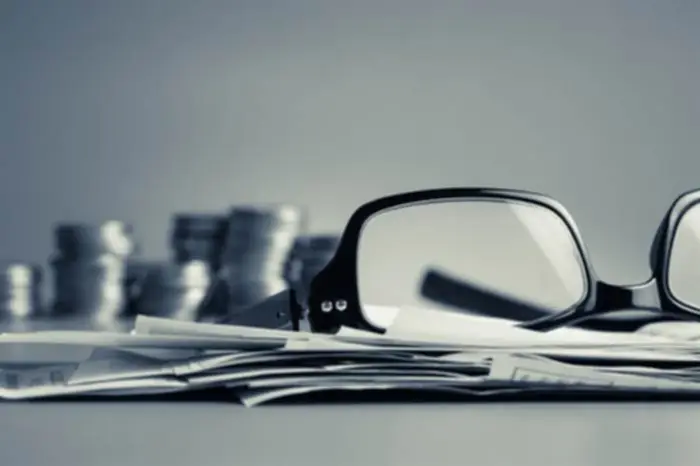One notable trend in burndown usage is the combination of automated instruments and real-time reporting. Leveraging technology to streamline the tracking and monitoring processes enhances team effectivity and provides stakeholders with up-to-the-minute insights into project progress. Nonetheless, burndown charts transcend reporting progress, as they promote transparency, facilitate communication, and allow groups to make knowledgeable selections primarily based on real-time information. Usually, teams can use their burndown chart as a prediction device that permits them to visualize when their project might be accomplished.

Burndown Chart Vs Gantt Charts
Whereas the actual progress might deviate from this aim, having a clear goal helps guide the group’s work. Replace the chart daily by subtracting completed duties from the whole effort. Mark the timeline on the X-axis of the chart, with each increment representing a day or iteration.
If a team is overestimating time requirements, progress seems on observe or forward of schedule. But if the team is underestimating the time requirements, it’ll seem that they’re not on time. A burndown chart is a visual illustration of the remaining work versus the time required to complete it. By estimating the time it takes to complete duties, points, and testing, you’ll find a way to decide the project completion date.

The fourth step of making a burndown chart involves obtaining the ultimate dataset. This knowledge comes from the initial effort estimates and your precise work log from step two. The first step to create a burndown chart is to estimate the hassle wanted to finish a given sprint. An efficient burndown chart ought to include the overall sprint objective, which helps maintain the team focused and motivated. The dash goal is usually represented as a goal line on the chart, indicating the specified progress on the end of each sprint https://www.globalcloudteam.com/.
- This data is essential for preserving stakeholders knowledgeable and making essential adjustments to your workflow.
- For occasion, while they can replicate adjustments in scope (often proven as vertical strains to indicate added or removed work), not every group makes use of them this manner or updates them persistently.
- Remember, a burndown chart isn’t just a visible representation of progress, however a strong device for project administration and steady improvement.
They visualize the remaining work over time and help project teams monitor their progress towards achieving the general project targets. Launch burndown charts are significantly useful in projects which are divided into a number of releases or iterations. Moreover burndown chart définition, burndown charts supply a comprehensive view of the project’s trajectory over time.
A burndown chart helps you unfold project work out evenly—rather than all people scrambling to get over the end line. To put it simply, a burndown chart measures the work progress for a selected project. It exhibits you the quantity of work completed, as well as the amount of labor remaining. Another side of decoding a Burndown Chart is forecasting future progress. This involves looking at the pattern of the particular progress line and predicting where it will end up at the finish of the project or sprint. If the line is trending towards zero, it signifies that the staff is likely to complete the work on time.
Key Parts Of A Burndown Chart
In abstract, the sprint burndown chart is specific to a dash, whereas the product burndown chart displays the progress of the entire project. Burndown charts closely rely on correct information enter and continuous updates. Inaccurate or inconsistent information can lead to deceptive interpretations and unreliable projections. To make certain the integrity of burndown charts, groups should prioritize regular updates and preserve a disciplined strategy to information enter. Focus On blockers or delays and regulate plans as wanted to stay aligned with the dash goals.
While burndown and Gantt charts both provide worth to project management teams, they’ve some key differences. Created through the planning part of a project, a Gantt chart presents a visible illustration of a project schedule and task timeline. Created after a project begins, a burndown chart plots the length of duties against general project completion time for a comparability of projected versus actual length. Whereas Gantt charts present deep planning and mapping, burndown charts provide real-time updates and transparency.
Step-by-step Information To Creating A Burndown Chart
Delve into the core principles behind a burndown chart, a graphic depiction of the time and effort wanted to complete a software program project. The best burndown line is a reference line that represents the desired progress fee. It assumes a constant rate of completion and serves as a benchmark for the group’s progress. Burndown charts additionally promote transparency and accountability inside the team.
The actual effort line is likely to be much less linear than the ideal Software Сonfiguration Management effort line, reflecting the fact of project progress. The Y-axis, or vertical axis, represents the remaining effort required to complete the project. This effort is often quantified using story factors, a metric that estimates the relative complexity and work involved in completing consumer tales or tasks.
This agile tool captures the description of a characteristic from an end-user perspective and reveals the entire effort towards the amount of work for each iteration or agile dash. A burnup chart, or burn-up chart, is a diagram of full work and is typically used as an different choice to the burndown chart. Similar to the burndown chart, the burnup chart shows time on the horizontal axis and work completed on the vertical axis. The primary distinction is that the burnup chart begins on the underside and rises as tasks are completed (opposite to the burndown chart).

